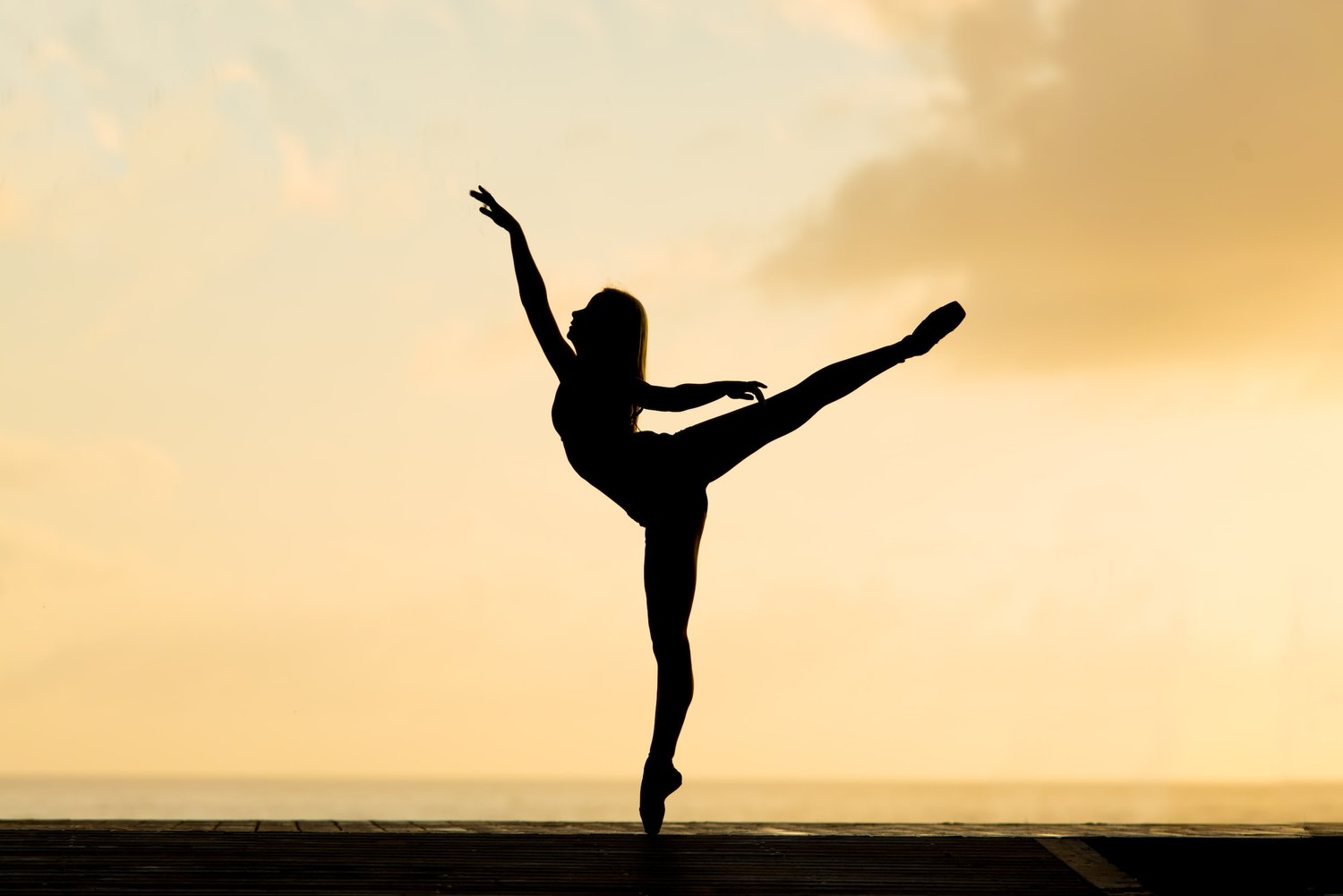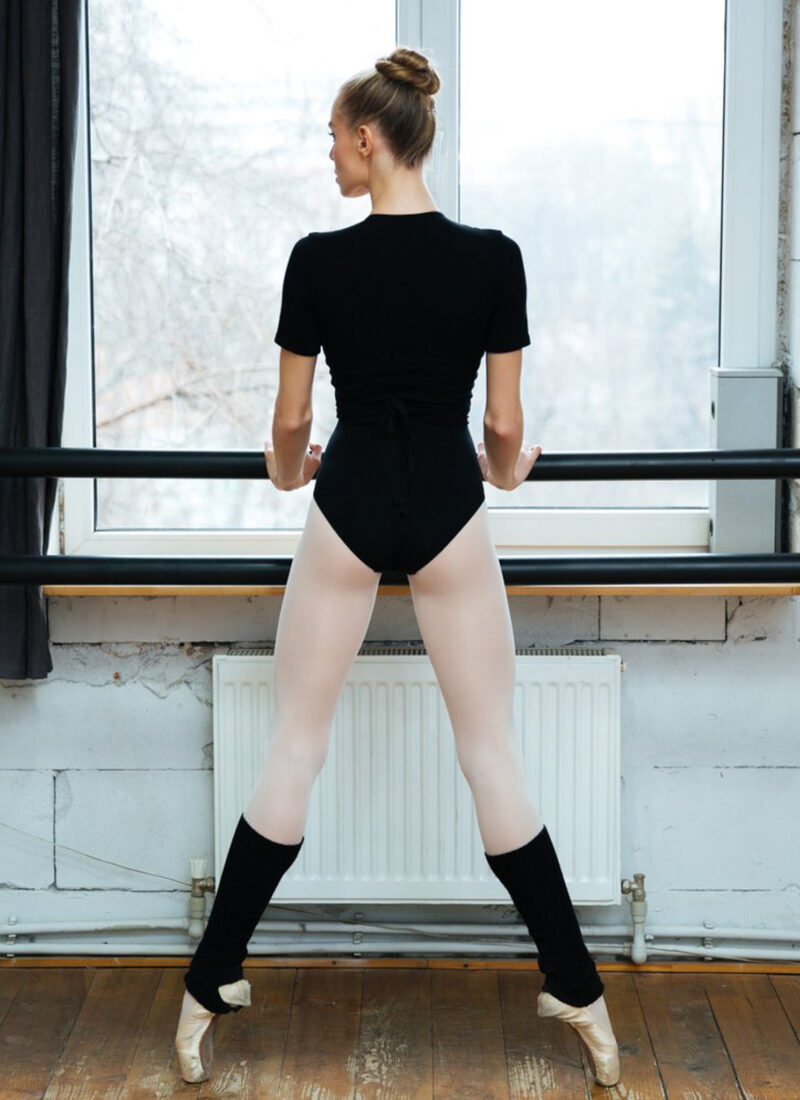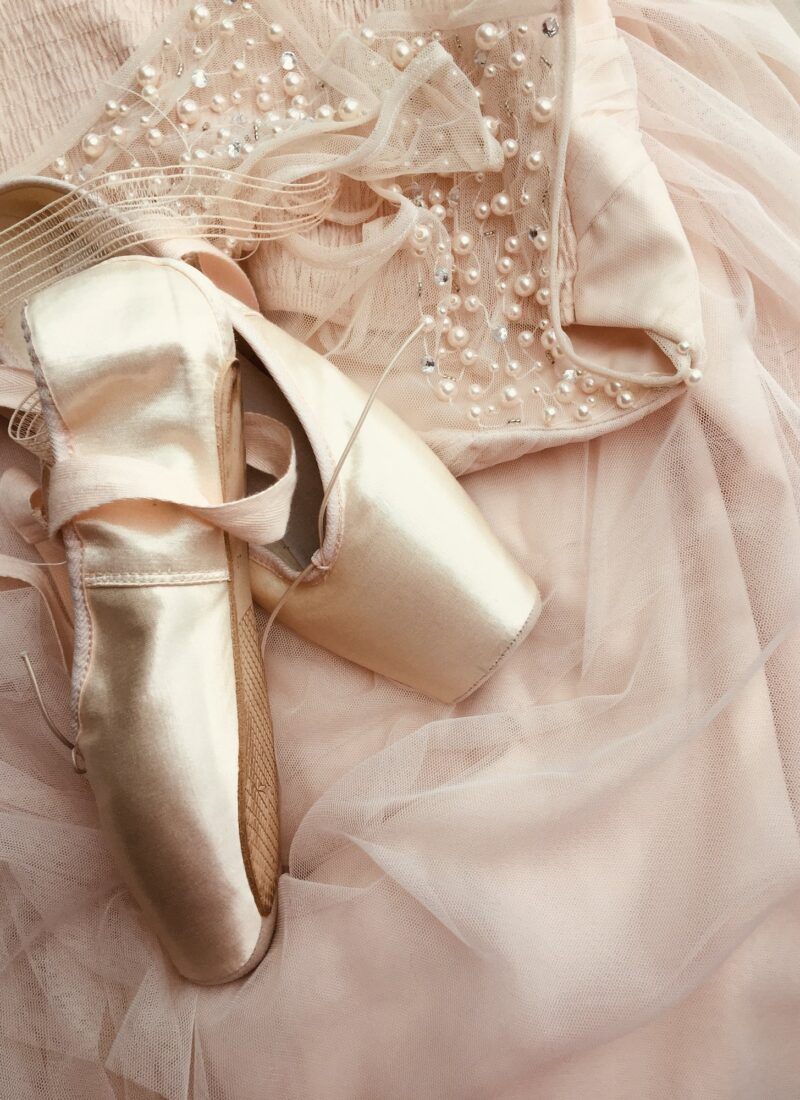Are you wondering if you are ever too old to learn to ballet? Many people say they have two left feet, or that ballet and dance in general is an activity for kids and teens. Maybe you are someone who has never taken a dance class in your entire life, or maybe your parents enrolled you in dance when you were a child, and now you are hoping to get back into it. If you are worried that you have missed your chance to become a ballet dancer, you are not alone in this fear. In short, you are NEVER too old to learn to dance or to pick it back up!
In this article, we will discuss why you are not too old to start dancing because it is good for the mind, body and soul. Further, we will discuss why everyone should learn something new (such as dance) because it has neurological, physiological, mental, and emotional health benefits. Lastly, we will discuss some tips for getting started in dance as an adult.
This article is going to answer the question, are you ever too old to learn ballet?
WHY YOU ARE NOT TOO OLD
Dancing is Good for the Soul
Dancing is not just about being a classically trained ballerina, or professional break dancer. Dancing is a form of self-expression that humans use to feel happy, express sorrow, or tell a story.
Dancers use their body, limbs, feet, hands, face and positions to express their feelings, actions and communicate. As adults, we may rarely be on the stage if at all, but we can still enjoy the expressive qualities of dance.
Age is Just a Number
I wholeheartedly believe you are never too old to try or learn anything. Unfortunately in our culture, there seems to be a common belief that you can’t teach an old dog new tricks. However, if this were true many things would not exist today.
The founder of Starbucks, Gordon Bowker, was 51 when he started the company. The founder of IBM, Charles Flint, was 61! These are wonderful examples of how you are never too old to take on a new challenge.
The thing is: Time is going to keep moving whether or not you do the thing you want to do. So you might as well do the thing you want to do! Ten years from now, you will obviously be even older than you are now, and you will look back and be GLAD you started when you did.
Make New Friends
Going to a dance studio and meeting other like-minded adults is a great way to make friends. It can seem intimidating at first to say hello to someone new, but even such a simple greeting can make someone’s day! Chances are, they were nervous to say hello to someone too.
Stay Active and Healthy
Dancing is a great form of cardio, and it can help strengthen your calves, glutes, and arms. I love going to dance and breaking a sweat.
When it comes to adults learning to dance, every student will be at a different level. Regardless, taking classes will improve your health, flexibility, and strength from whatever your baseline is.
WHY YOU SHOULD DO IT
NEUROLOGICAL AND PHYSIOLOGICAL BENEFITS
As the saying goes, knowledge is power. As we age, learning a new skill is vital for our neural health. Picking up dance, or any new skill whether that be a language, instrument, or roller skating, has many benefits for our brain health.
–Your Learning Speed Increases
The more you learn, the faster you are able to learn. Learning itself is a skill that can be developed. Learning new things stimulates neurons in the brain, leading to the formation of more neural pathways. As these pathways develop, it allows electrical impulses to travel faster across them, thus you will learn faster.
Developing your neural pathways through learning is one way to help prevent dementia later in life.
–Your Neural Connectivity Becomes Stronger
Your brain contains white matter called myelin. As you continue to practice a new skill, such as ballet, tap, hip hop, or any other form of dance, that myelin becomes denser and this phenomenon helps you learn better. This is healthy for your brain and helps you stay a life long learner and prevent dementia.
–Your Flexibility Improves
Many forms of dance such as ballet, lyrical, and jazz are well-known for spotlighting flexibility. The more you practice dance as an art form the more your flexibility will improve.
We cannot actually increase the length of our muscle fibers, however we can keep them supple and mobile with regular stretching through dance classes and at home. As you increase your range of motion, your risk of injuries goes down. Flexibility is so important for us as adults, and you can read about improving your flexibility as an adult HERE.
–Your Posture Improves
Although most forms of dance help with posture, I think ballet above all else puts the greatest emphasis on bodily alignment, good posture, and strong core. Many exercises in ballet will have you engaging your core to maintain straight posture and keep your body aligned from the tips of your toes to the top of your head.
–Improves Balance and Coordination
Many aspects of dance require physical balancing, especially in ballet, whether that be at barre or at center. The more we practice balance, the more we improve at it as our brains tell us to hold, correct, and compensate. Over time, this improves your sense of balance.
Coordination is acquired and developed through dance. Dance makes our brains focus on coordinating our balance, arms, legs, and posture to the music. When you dance, you will be thinking about your arms and legs doing two different things at once, and your bodily awareness will improve.
–Improves Muscle Strength
Many forms of dances are weight bearing, and it helps us engage our muscles as we balance, focus on our posture, turn, and leap. Not only will your dance classes help you become stronger, you may be happy with the fact that your muscles will become more toned. As dance strengthens our muscles, our bones are well supported as well, which helps prevent any injuries.
-Improves Stamina and Energy
The more you exercise, the better your cardiovascular health gets, thus increasing your stamina and energy. Taking a 60 to 90 minute dance class will surefly torch hundreds of calories. This may be intense at first, but the more you do it the better you will be able to do it. Your heart won’t race as fast, you may not sweat as much, and you will feel more energetic throughout the day.
MENTAL AND EMOTIONAL BENEFITS
It is well known that physical activity helps keep your mental health in a good place. Dancing helps improve your mood and feel more fulfilled.
–Improves Concentration
Whether you are a beginner or advanced dancer, the amount of concentration you need to execute a skill or perform a routine might surprise you. Oftentimes, dance makes you multitask by making you think about what you are doing with your arms and legs simultaneously. Additionally, you are having to coordinate your body with the music. Exercising these cognitive functions of your brain helps you to develop the skill of concentration.
–Improves Your Mood
Exercising increases endorphins, which in turn makes you feel happier and more positively. Ever observed dancers who are leaving the dance studio, and admired how they are always full of energy and seem forever positive? Well, it’s a byproduct of regular physical activity through dance. The more we dance, the more energy we have to do more and we feel great while we’re doing it!
–Improves Your Mindfulness and Calming
Dancing to beautiful music while concentrating on the steps means we are in a sure state of mindfulness. During dance classes, great emphasis is put posture, balance, arms, legs, music and the coordination of all these things – leaving little time for our minds to wander. This is the essence of mindfulness, helping us to feel contentment and calmness.
–Improves Self Confidence
The first class you ever take can be very intimidating and nerve-racking. You might be nervous that the teacher will single you out, or you might be hyper aware of all of the mirrored walls. Getting yourself through the uncomfortable few classes at first is a great self-confidence booster. You will feel like you can do anything! This may motivate you to try other things in life you were too afraid to try before, whether that be applying for that dream job or taking that dream vacation.

TIPS FOR GETTING STARTED
Learn Different Types of Dance
Before committing to ballet, or any other form of dance, try a few different types of dance first. Take classes for a few weeks in different studios with different teachers. This will help you realize what classes you enjoy and what form of dance makes you feel the best. Try many new things so you will know what you like and dislike.
Start Slow
When learning a new skill, it is easy to be excited and spend lots of time, money, and energy on the new thing. Sadly for many, this is short-lived and people do not stick with it. To avoid this, start slow and don’t make too many new purchases right away. When you are picking up a new habit, start with small changes. For you this might look like taking one class per week and reviewing your new skills for 5 minutes each day. Over time, you can increase your class frequency to two times, three times, and so on. Prove to yourself that you don’t just want to be a dancer but you are a dancer who consistently trains. Then you will know to invest more into it.
Ballet Doesn’t Always Feel Natural
When you see a professional, graceful dancer, one might think about how they make it look so natural. However, for a new dancer, it does not always feel so natural. In fact, you might feel awkward or even kind of silly at first. This is part of getting out of your comfort zone, and the more you dance, the more natural it will start to become!
The Expert in Anything Was Once a Beginner
Anyone you look up to in the dancer world was once just like you – that’s right, a newbie! Regardless of age, they were once not very good at what they can do now. On that note, they became successful because they practiced a lot, and they were consistent in their practice. Watching amazing dancers may discourage you – but try not to let it do that. Becoming the type of dancer you admire is not out of reach for you, it is only a matter of consistency and discipline. And remember – it is better to practice for ten minutes a day than it is to practice for 1 hour once a week. Consistency is key!




